Whitepaper
How Healthcare Is Embracing The Customer Service Evolution By Embracing The Visualization Of Care

Introduction
The Covid-19 pandemic threw the entire global healthcare industry off balance. A new virus was spreading globally and, for the entirety of 2020, there was no vaccine. Many countries used lockdowns and stay-at-home orders to try to control the spread of the disease. This led to an explosion in the use of telehealth and other remote medical services – because for many patients talking to a medical professional using a video link was better than not seeing a doctor at all.
The consulting firm McKinsey studied the possibility for the growth of medical services delivered by video as the pandemic was ongoing. Their estimates suggested that although the immediate experience was forced on patients by an emergency situation, the post-pandemic opportunity was for telehealth to grow from total revenues of a few billion dollars to a quarter of a trillion dollars.
Video clearly can make all the difference in healthcare. During the pandemic it was an essential lifeline linking doctors to patients, but even now that the emergency has passed, that experience has shown how we can redefine what is normal in healthcare.
Going way beyond video and voice calls
It’s important to note that visualization can extend beyond much more than just the patient and healthcare professional seeing each other on a video call – it can also involve browsing documents together or sharing documents the patient needs help with.
Let’s consider some of the examples of patient interactions where embracing video can be a game changer for the patient experience and the medical professionals providing healthcare services:
- Secure co-browsing to pick a benefit plan for your family. The patient can explore various plans with a medical advisor in real-time with both able to see the visual plans and options, making the browsing process far easier than it would be on a simple voice call.
- Health insurance application.These forms can be complex and can create a series of questions so the ability to show a form and ask about different sections can ensure the patient is happier and signed up to the right policy faster.
- T&Cs and online signatures. The use of a secure video system ensures you can share terms and conditions, capture agreement, and capture online signatures. All these processes should be secure and audited so they can even improve on paper-based traditional solutions. Easier, and also more secure.
- Connected Doctors. Patients that use wearable technology, such as heart rate or diabetes monitors can be connected to a professional when the system detects an anomaly. So anytime there is a concern about the data being monitored, the patient can talk to a professional and they can visually review the data together.
- Digital prescriptions. Digital prescriptions can often be complex inside such a regulated environment. Once included inside a controlled video environment it is possible to integrate the entire healthcare conversation and prescription into the same call.
- Support for medical devices. Patients are using more and more medical monitors and devices to help manage their health remotely, but these electronic devices can go wrong and can be complex to understand.
Take the guesswork out of complex medical conversations
It’s worth mentioning this final point in more detail as this opportunity goes far beyond the idea of just moving an in-person consultation into a video call. Video support from a skilled medical professional directly to a patient at home with their device can be a remarkably popular way to use a visual approach to patient support.
Without this visual connection, many companies are forced to ask the patient to ‘return the device’ because there is no other way to investigate very simple possibilities, such as configuration…
Download the White Paper Now
Unlocking the Future: How Visual Telehealth Can Revolutionize The Healthcare Experience
